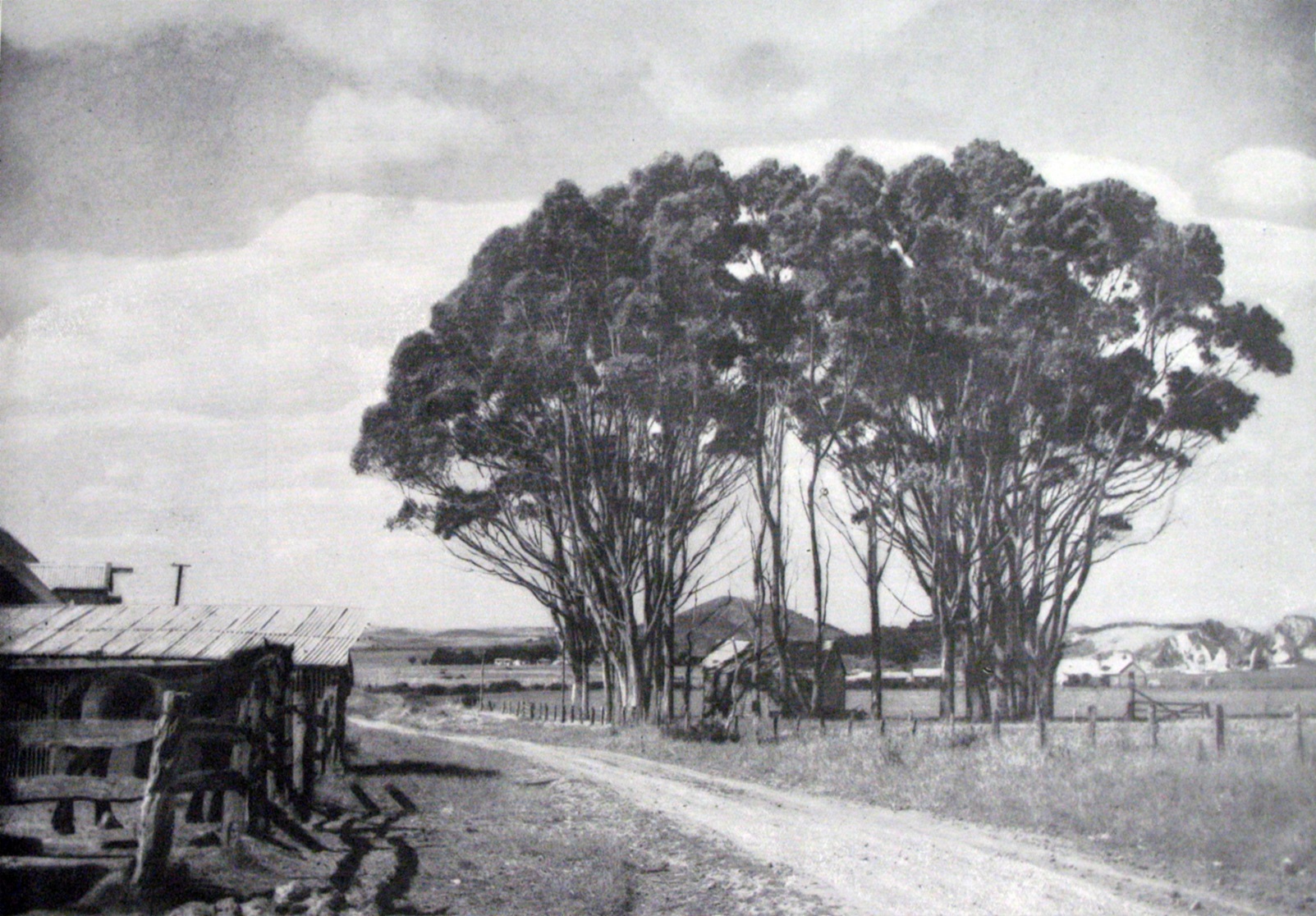

Abuse in care
A truly revolting story was unfolded in the Supreme Court this week in connection with the charges proven against a farmer at Waikouaiti of offences against young children. Our only excuse for referring in these columns to a painfully tragic case is the weakness it seems to have revealed in the system under which defenceless children are liable to be entrusted to the care of persons who may prove completely unworthy of the trust reposed in them. To the care of accused and his wife were committed from the Industrial School in 1922 several children, the eldest ten years of age. For two years these children lived at Waikouaiti in the home of a man who should have been a foster-parent to them, and a sentence of 10 years’ imprisonment represents now the Court’s appraisal of his desserts for the manner of his discharge of his responsibilities towards them. Physical injury to the children may not have been caused by the treatment they received, but who shall say what harm in another sense has resulted in their subjection at so defenceless, tender and impressionable an age to the unnatural propensities of the man who should have been their protector? Environment is a factor of incalculable importance in childhood, and here was an environment presenting truly shocking features. That misdeeds of such a kind should have remained so long concealed may seem strange, but children are easily intimidated. We are unable to suggest that the Department of State concerned was in fault for having placed those children under license in the care or at the mercy of this man. His general reputation must be presumed to have been satisfactory before discovery was made to the contrary. Official visitations to his home, made at intervals, disclosed no reason to judge that the children were not being properly looked after and considerately treated. But the denouement illustrates most painfully how confidence may be misplaced and how easily a false sense of security and well-being may be imparted. And the case emphasises most powerfully the necessity that most careful safeguards should be provided in the interests of children, who, wards of the State, are "boarded out" in this manner. — editorial
Oval a glint in uni’s eye
The University Council has authorised its architect to peg out the area on Logan Park which the University is desirous of acquiring. The part which is being considered in the meantime consists of five acres to be utilised as the main athletic field, and a further area of five acres which it is hoped will later also be made available for similar purposes.
Otago considers university split
A special meeting of the University Council has been called for next Tuesday to consider further the proposal to establish four separate universities in the dominion. At the last Council meeting a special committee was set up to confer with the Professorial Board on this question. That conference has taken place and the meeting on Tuesday will consider the report. — ODT, 8.8.1924
Compiled by Peter Dowden











